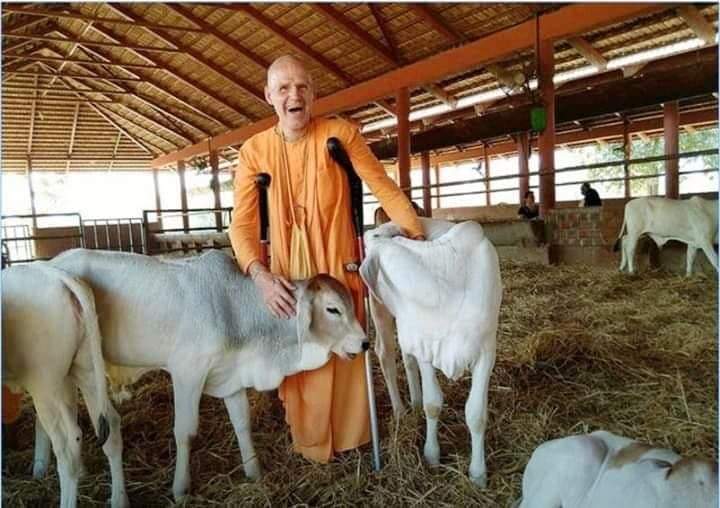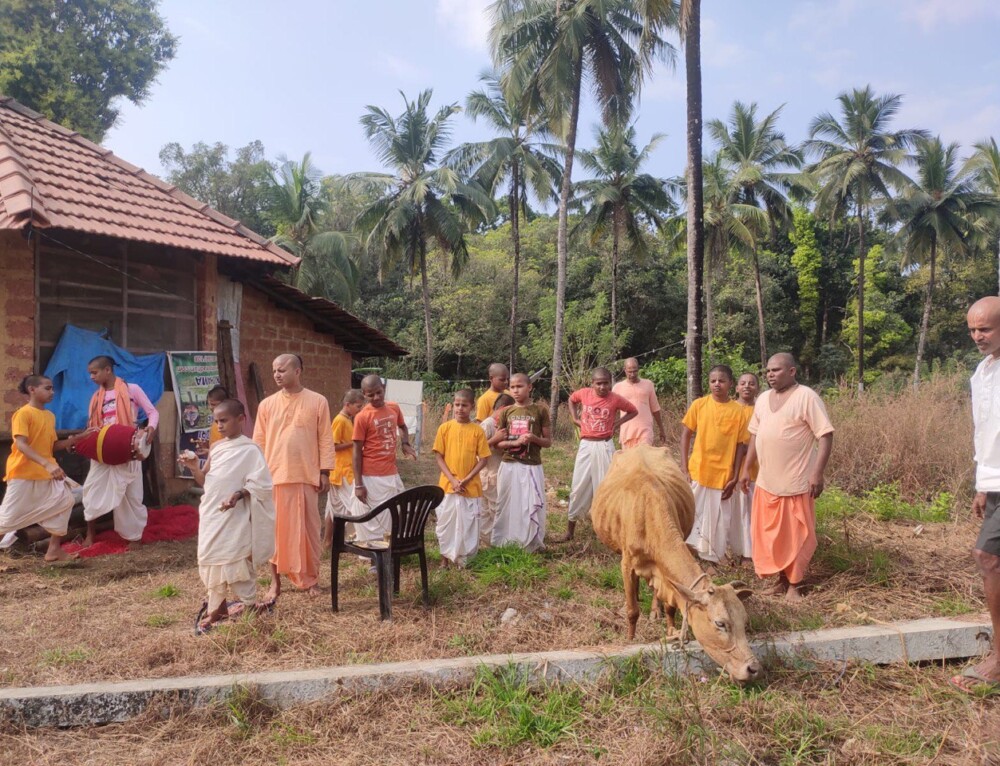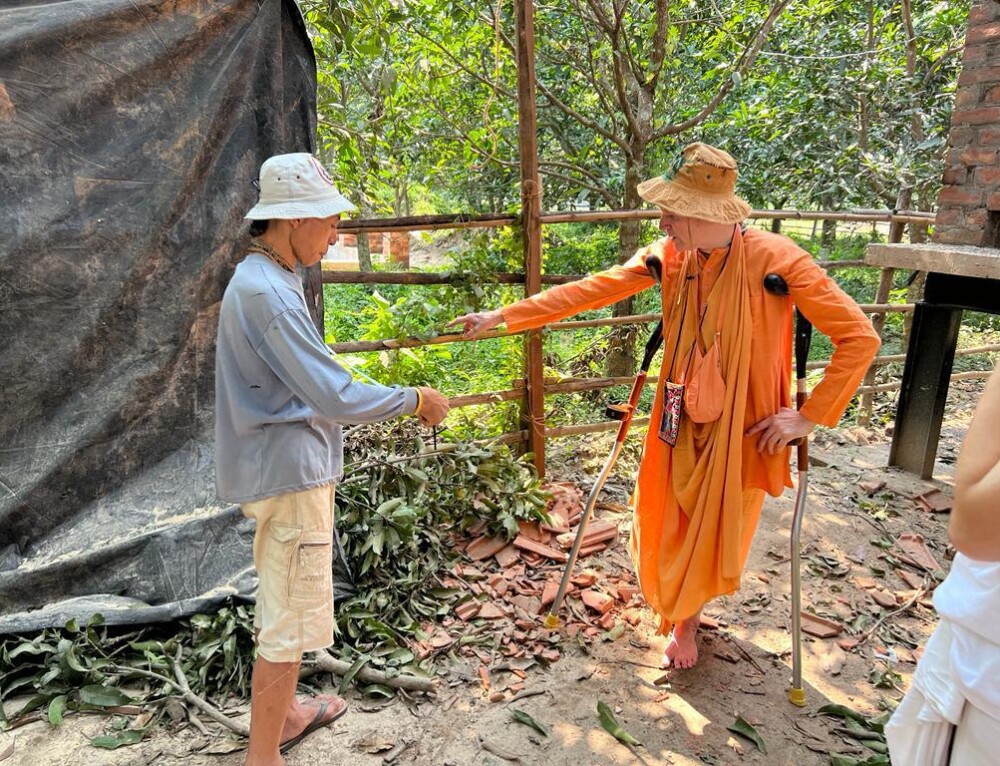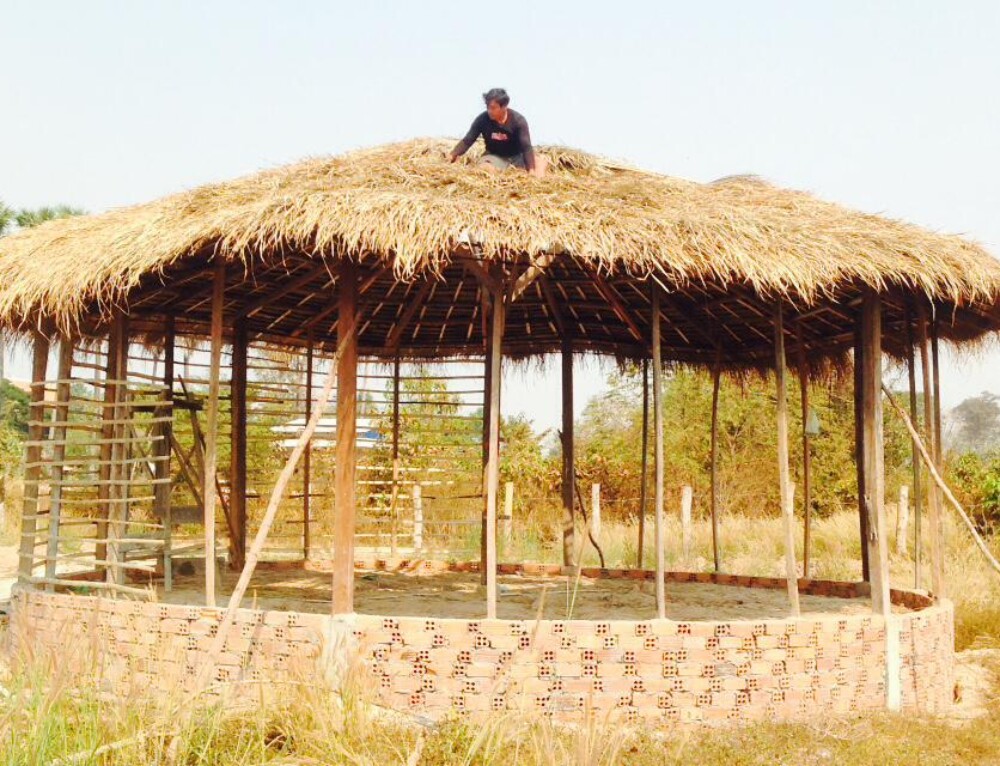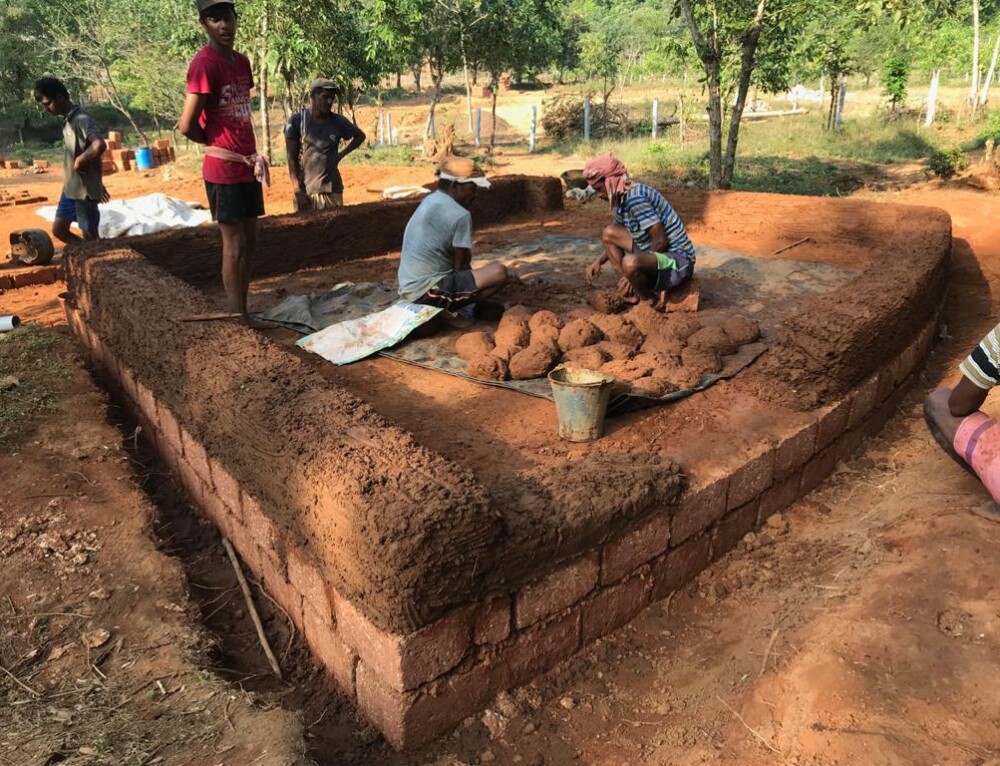Om Sri Surabhyai namah!
Om Sri Gurave namah!
The work Essay on Gita Nagari remains somewhat unknown to most devotees within the ISKCON society (if not the title, at least the contents), including many of its leaders. It is amazing that such an important document has not yet been published in a book format since its first appearance in 1956 Back to Godhead Magazine written by Goswami Abhay Charan Bhaktivedanta, later to be known as A.C. Bhaktivedanta Swami Prabhupada. What most devotees are unaware of is that the main theme found in this essay was outlined practically verbatim in an even earlier letter composed by Srila Prabhupada in the year 1949.
Now, what is even more astonishing is that a typing error that occurred in 1956 Back to Godhead publication was repeated again when the article was transferred in the VedaBase Folio; to this day it remains undetected. This error may be considered as monumental when we consider that the result of this omission has kept one of the most significant sections of the work in relative darkness, concealed as it were, due to two segments being merged in one. We will identify this oversight as we introduce the essay.
Why does the Essay on Gita Nagari deserve so much attention? There are many reasons. One is that the essay heralds, “as it is”, what the author would be implementing in a foreign country some 10 years later, in 1966, when he formally registered the International Society for Krishna Consciousness (ISKCON) in New York City.
The essay speaks of four “movements” or “waves” which are meant to flood the world with the teachings of Lord Caitanya, the great social and spiritual reformer of the 15th century who introduced the Bhakti Cult.
Three points of interest in this regard. The first is that these four “movements” are interconnected and meant to complement one another. If one is missing, then the whole mission becomes jeopardized as it remains incomplete. This becomes most critical when we consider the second point which is the printing error yet to be corrected in identifying these four movements. This will become clear in the publishing of this book where we have edited that section by adding section “D” which introduces this otherwise merged the fourth movement referring to the classless society or varnasrama dharma. In order to give more credibility to this correction, we have chosen to add the 1949 letter written to Hon. Sardar Dr Vallavbhajee Patel, Deputy Prime Minister to the Government of India, which essentially outlines the same themes. The third point of interest is the clear reference by Srila Prabhupada to some of Gandhi’s Vedic concepts, one of those being brought out again and again by Srila Prabhupada when speaking about Gandhi’s ideas on village organization.
At a time when our ISKCON society is struggling hard to meet the challenges of an ever-increasing complex and artificial society, based on utopian ideals of globalization, liberalism and unending consumerism, one which is being recognized more and more by some leading intellectuals, educationalists, social scientists and non-governmental organizations (NGOs) as being unsustainable, sociologically and ecologically life-threatening and thus inertly and inevitably destructive, putting in peril the very existence of this planet, this short essay cuts through the speculative plans and so-called remedies of modern thinkers to present the gist of what an ideal society and lifestyle should be, i.e. localized and self-governed communities, villages, based on the perennial teachings of the Bhagavad-gita, the essence of the most ancient wisdom, the Vedic scriptures.
In his short Essay on Gita Nagari, the author gives importance to both spirituality and education as being concomitant factors each supporting and complementing one another to build a healthy and successful community. Gita refers to Lord Krishna’s instructions in the Bhagavad-gita and Nagari refers to that place where one lives according to these teachings.
First, one must establish a place of worship which will help unite all the community members in one common goal and objective, service to the Supreme Lord. Immediately after establishing such a temple, one should give attention to developing educational facilities for the members of the society. In the Vedic tradition, this takes the form of both formal (gurukula) and non-formal (vocational training) education, in itself a complete and scientific educational system found in the ideology of a varnasrama based community.
Srila Prabhupada thus gives various insights to the ancient social, cultural and educational system of varna (social orders) and asrama (spiritual orders). He outlines four basic criteria which help one understand one’s varna or social occupation. Without knowing one’s social occupation, one will not be able to know which spiritual order to enter in later life. “So first of all, there is varna, then ashrama points out Srila Prabhupada (SB 1.8.41, Mayapura, October 21, 1974). He also gives insight regarding those individuals in the retired life, the vanaprasthas, and how they are meant to take advantage of the Gita Nagari community. They will live there without having to pay, and they will assist in whatever way they can to maintain and develop the community at Gita Nagari.
The Essay on Gita Nagari is a document that advocates the simultaneous social and spiritual upliftment of society. It aims at meeting all the basic needs of individuals and society: the physical, mental, social and spiritual dimensions of life. Even at the localized level of a Gita Nagari community, the preaching spirit will remain strong and members of the community will be encouraged to broadcast the message of Godhead to neighbouring villages. Srila Prabhupada even makes reference to the importance of Sanskrit by explaining that, after independence, India should have opted for Sanskrit as its national language over that of Hindi.
In conclusion, the Essay on Gita Nagari is that document par excellence which gives clear insights as to how the Founder-Acarya of ISKCON wanted and expected the movement of Lord Caitanya to be introduced and conducted. He himself stated that his ISKCON mission was yet to be completed, i.e. the establishment of varnasrama communities all over the world.
Devotees who are serious to understand this important facet of Srila Prabhupada’s mission, the varnasrama mission, will be eager to read this essay and draw out from it both the inspiration and the know-how by which Srila Prabhupada’s dreams of thousands of Gita Nagari communities can be established on all the continents of the globe. Global varnasrama is possible. Global varnasrama is a must. This Essay on Gita Nagari shows us the way.
Krsne matir astu,
RP Bhakti Raghava Swami


